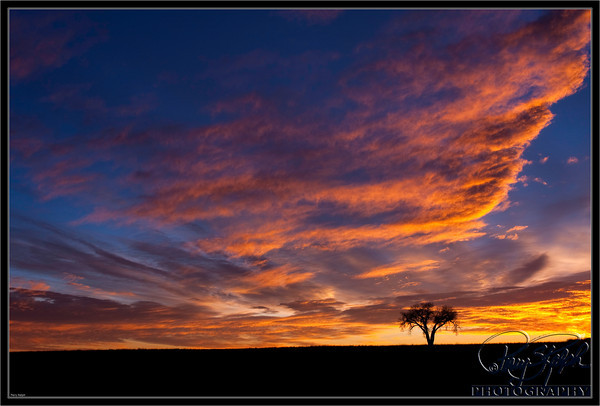7 Things to look for in a Photograph
As a student of photography, I try to learn as much as I can about it. I subscribe to a number of podcasts on photography; i have a number of RSS feeds to multiple photography website; many of my iPhone apps are based on photography; and I look at as many photos as I can. In a recent podcast from the folks at dpexperience.com, I heard Jennifer Wu discuss the 7 things she looks for in a photograph during a portfolio review or when she is going through her photographs for the day. I was inspired by the interview and thought I should write these down to remember. I think I go through a similar process in my workflow.
1) First impression. The "wow" factor or a compelling photograph. When i first go through my photographs, I do a quick drive by to see if there are any photographs that catch my eye. If so, I flag them in Lightroom ("P" key) to check out later. if there is one that give the "wow" factor, i will give it 3-4 stars. I will assume that my first impressions are different than others like Jennifer but we all have seen photographs that when you see it you know you like it. After the first impressions, i do come back and check the photographs that have been flagged or starred for the other attributes.
2) Light. I have heard and read over and over that the light in a photograph can make or break it. It can create the mood (i.e. soft light) or can set the focus of the subject. I make sure the light isn't harsh creating difficult shadows. I usually take photos during the magic hours to create a soft light. I have had problems with underexposing images so i have to make sure the subject is well lit.
3) Depth of Field. i have paid a lot more attention to DOF this year than in the past. This provides the idea of a landscape in focus or in a portrait or close up of a flower the background is out of focus. I want to make sure the primary subject is in focus and the rest of the photograph adds to subject and does not distract from the subject. For landscapes, this means the there is lots of depth of field in the foreground and background. For portraits or close up this is a shallow DOF where the subject is sharp and the background is blurry allowing the eye to remain on the subject (LIve View and hold the DOF button and a hyperfocal app )
4) Technique. this to me is applying some of the basic photography methods: not having the subject in dead center; using the rule of thirds; having sharp photo with no softness; composition of the photo is interesting; no highlights blown out.
5) Color. Are the colors in the photograph compelling for the eye. Other the past couple of years, i have learned that photos that have "complimentary" colors are the most interesting. THose are colors that are the opposite end of the color wheel. For example, red and green in the photos are nice. Lately i have been taking a lot of Denver Bronco Orange and blue sunrises. These are on the opposite sides of the color wheel and make for darn good images.
6) Distracting Elements. Making sure there isn't anything in the photo that takes away from the main subject. we have all had photos that are nice but the darn pole in the corner keeps drawing my eye to it. We need to look for distracting element in the scene when we take the photo and in post production. This also includes make sure the key elements are not cut off. I find that a photo of a bird or animal that is cut off can be distracting as well (although it can make it compelling too).
7) Stand the test of time (This is my modification. in the interview, Jennifer couldn't recall the 7th one and she mentioned the "overall feel of the image"). For me, if i can come back to the image after some period of time and still like it based on the characteristics mentioned before then it is a keeper. There usually is one more test i like to make and this is getting input from the people i value (my wife is the head of the list). Many times i will come back to look at them again the next day to make sure i still feel good about the ones selected.
There you have the 7 things to look for in a photograph. These are good for me to look at and make part of my workflow. As i go through the work flow many photos will move from a 3-star photo to something less because of some of these characteristics but rarely does it move from a non-flagged photo to a star photo. I will see if these characteristics change as I continue to grow as a photographer.
Perry.




